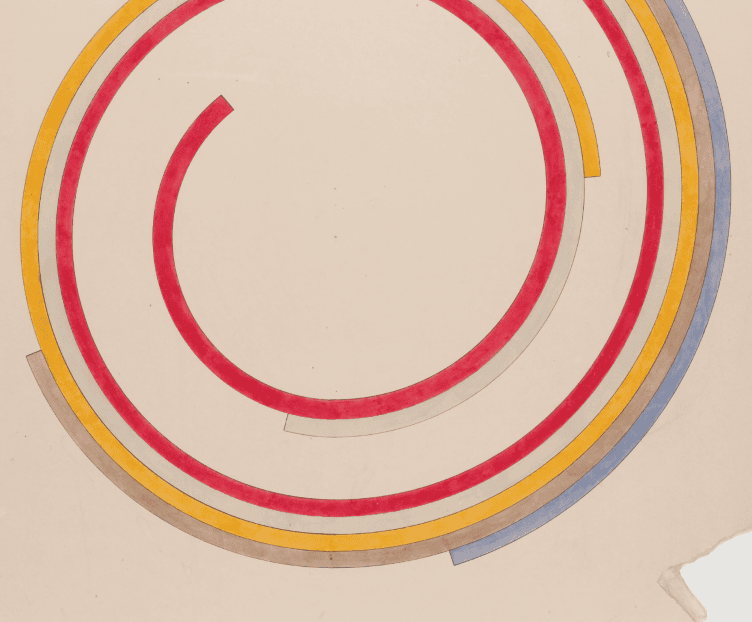About the Briefing
This handout was created for the AHA’s September 24, 2024, Congressional Briefing sharing findings from the AHA’s report, American Lesson Plan: Teaching US History in Secondary Schools. The briefing summarized key findings from the most comprehensive study of secondary US history education undertaken in the 21st century. Moderator James Grossman (AHA) and panelists Nicholas Kryczka (AHA), Brenda Santos (Brown Univ.), and Jonathan Zimmerman (Univ. of Pennsylvania) discussed the American Lesson Plan report and its implications for education policy.
The recording of the briefing is available to watch on the AHA’s YouTube channel.
American Lesson Plan: A Report from the AHA
Nicholas Kryczka
In 2022, the American Historical Association launched a two-year study of middle and high school US history curriculum. The resulting report, American Lesson Plan, published on September 19 and available at historians.org/ American-Lesson-Plan, is the most comprehensive study of US history education undertaken this century.
The AHA’s picture of the curricular landscape combines a 50-state study of standards, laws, and courses of study with a nine-state deep dive into local contexts. After surveying over 3,000 teachers, interviewing hundreds more, and appraising tens of thousands of pages of instructional material, the good news is clear. The typical American history classroom is neither stunted by chauvinist mythology nor captured by liberal indoctrination. The US education system—diverse, devolved, and divided—has as many curricular decision points as there are school districts and classrooms. Still, history teachers share common ground in terms of the principles they hold, the goals they pursue, and the resources they trust.
There is, of course, room for improvement. History teachers remain frustrated by the sidelining of history in favor of subjects regularly covered by state-mandated assessment. Teacher expertise builds on content knowledge—which can only be fortified by ongoing, history-rich professional development. Teachers deserve and desire professional development across all of American history, but they also note specific needs: the Native American history they wish they knew better and the events since 1970 that they’re forced to rush through before summer break. Despite the overheated rhetoric and political theater that have sometimes distorted the public view of US history teaching, the sound and fury of recent debates imply an important silver lining: Americans care deeply about their history. Historians are here to help.
Evidence for Impact
Brenda Santos
The AHA’s report answers an important set of questions about what is being taught in US history classrooms, and its insights are useful for practitioners and policymakers. The report offers what my organization, the Annenberg Institute, calls evidence for impact. It has several important implications for the practitioners and policymakers whose decisions influence the conditions high school history teachers work within, the resources and professional learning opportunities they have access to, and ultimately the learning of the young people in their classrooms.
The report’s most urgent implication is its finding and corresponding call to remedy the under-resourcing of high school history teachers. My own experience was not unique when, as a first-year high school history teacher in the 2000–01 school year, I was told that there was no book for my course and I “would get to” create the course myself. While the context has changed—history teachers now have access to excellent online materials through the National Archives, Stanford History Education Group, and other go-to resources—history teachers are still too often working in isolation without ready access to high quality resources.
The report begs policymakers to consider solutions to this lack of resources for teachers. It also indicates a need to reconsider teacher development practices and priorities. How might we better connect teachers with the discipline, so that classroom instruction centers on questions of historical significance and develops students’ ability for careful, evidence-based, reasoned discussion with others? How might we assign higher value to history instruction?
History teachers do work that is critical for our democracy. The AHA report sought to examine high school US history teaching to make sense of the politicized discourse swirling around it. By homing in on what is actually taught, it revealed that—despite all the discourse about US history instruction in newspapers, school board meetings, and state legislatures—history teachers are largely working on their own, making instructional decisions as best they can. We can and should ask how we can turn from political attention to practical attending in order to support high school
history teachers.
Room for Improvement
Jonathan Zimmerman
It’s good to be wrong.
In 2002, I wrote a book called Whose America? Culture Wars in the Public Schools, examining how Americans have clashed over history and religion in the school curriculum. I updated it in 2022, exploring recent conflicts over the 1619 Project, critical race theory, and ethnic studies. I painted a picture of a nation wracked by division, lacking any single story that could unify it. That’s not the story that emerges from the AHA’s careful report on history instruction in American schools. Despite the tempests that have dominated media accounts, most teachers of the subject are not under political fire. Nor do they typically engage in vapid triumphalism (as left-wing critics fear) or in incessant negativity (as right-wingers assert). The culture war over history is real, but it has also been radically exaggerated by observers like me. I stand corrected.
Nevertheless, all is not well in the world of history instruction. As the AHA’s report demonstrates, too many lessons take a bland “inquiry” approach that neglects context and complexity. Our teachers need more guidance and content-rich in-service training, especially in rapidly growing fields like Native American history. I hope this report inspires education officials to expand teachers’ opportunities for professional growth. And I also hope it inspires professional historians to work more closely with their counterparts in our K–12 schools.
Participant Biographies
Nicholas Kryczka was an AHA research coordinator in 2022–24. Currently, he is a scholar-in-residence at the Newberry Library in Chicago. Kryczka taught high school social studies for a decade in the Chicago Public Schools and has developed K–12 history curriculum for the Newberry Library and the Chicago Collections Consortium. A historian of education and urban space, Nick is currently working on a book on the history of education reform in late 20th-century Chicago.
Brenda Santos is a research director at the Annenberg Institute at Brown University, where she leads research-practice partnerships with local school districts. Her current projects focus on connecting research, policy, and practice in the areas of curriculum, teacher professional development, and educator staffing. Santos began her career as a high school history teacher. She has worked as a social studies teacher educator at several higher education institutions and served as a district-level social studies director. She was a member of two College Board development committees for Advanced Placement history courses. She is a member of the AHA Working Group on K–12 Education and formerly served on the AHA Council’s Teaching Division.
Jonathan Zimmerman is professor of history of education and the Berkowitz Professor in Education at the University of Pennsylvania. A former Peace Corps volunteer and high school teacher, he is the author of Whose America? Culture Wars in the Public Schools and eight other books. Zimmerman is also a frequent contributor to the Washington Post, the Washington Monthly, and other popular newspapers and magazines. He taught for 20 years at New York University, where he received its Distinguished Teaching Award in 2008.
Related Resources

December 23, 2025
History of Federal Science Funding

October 29, 2025
